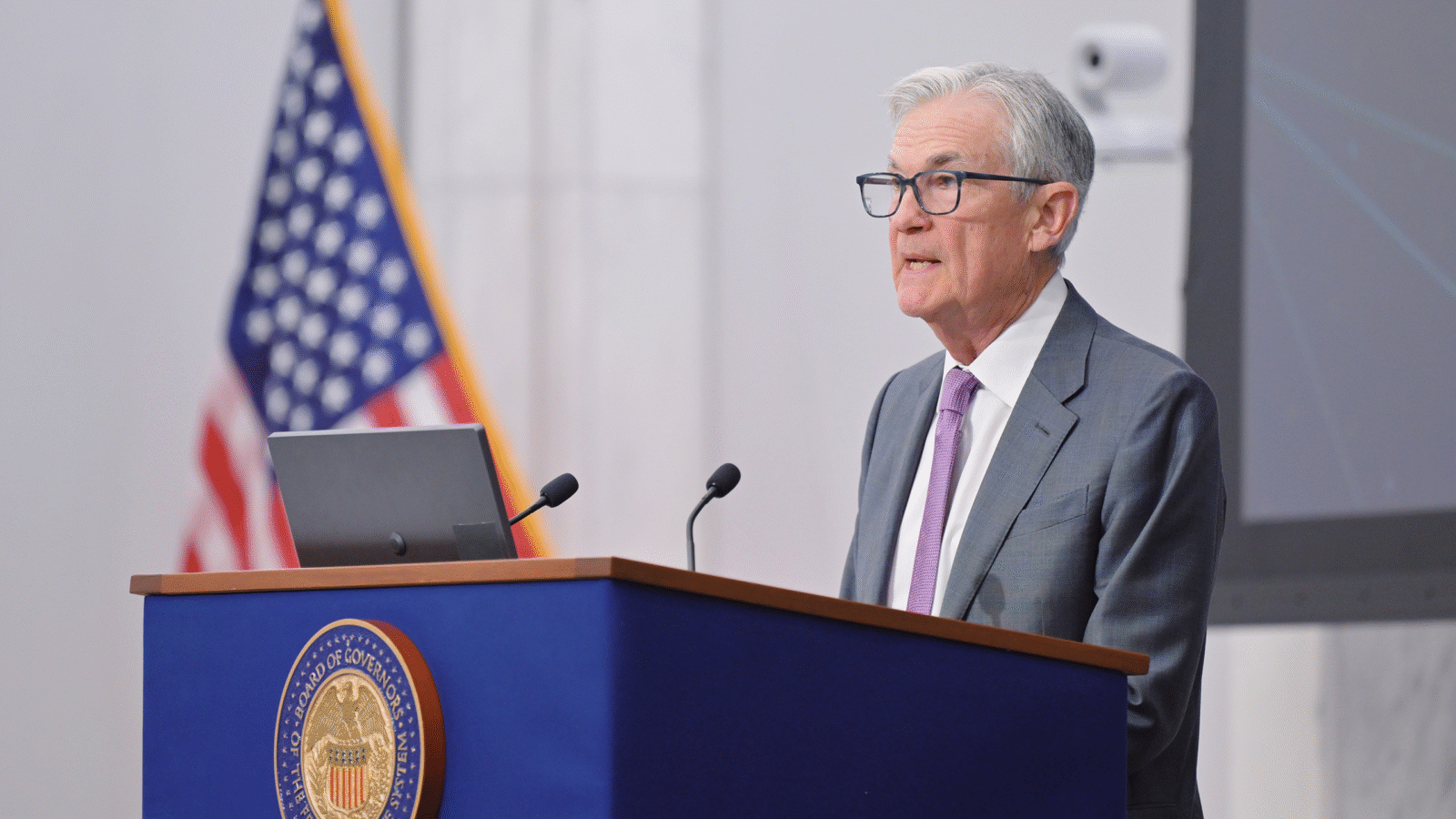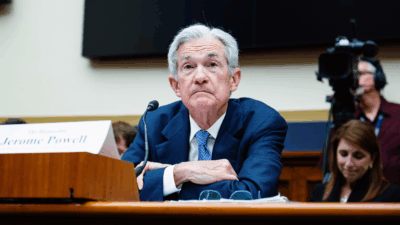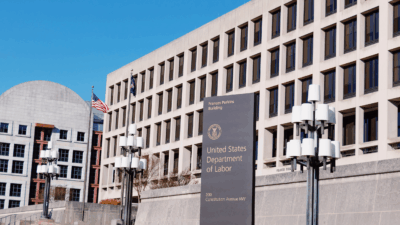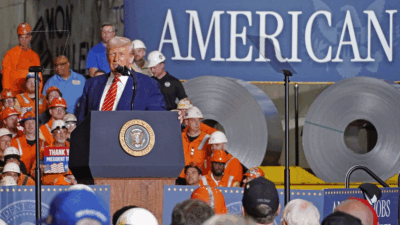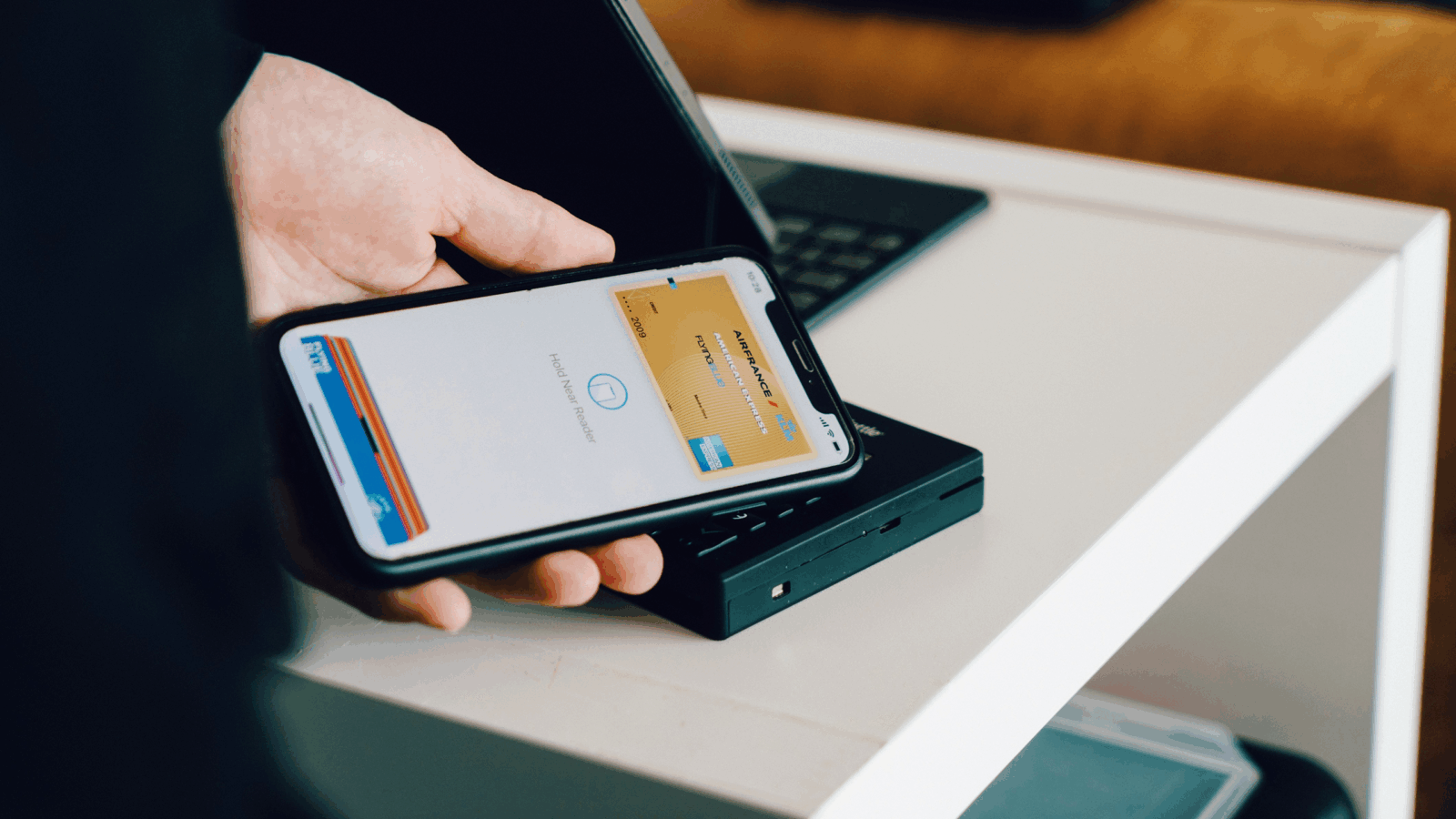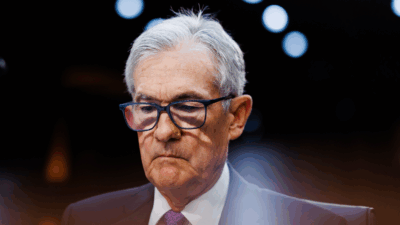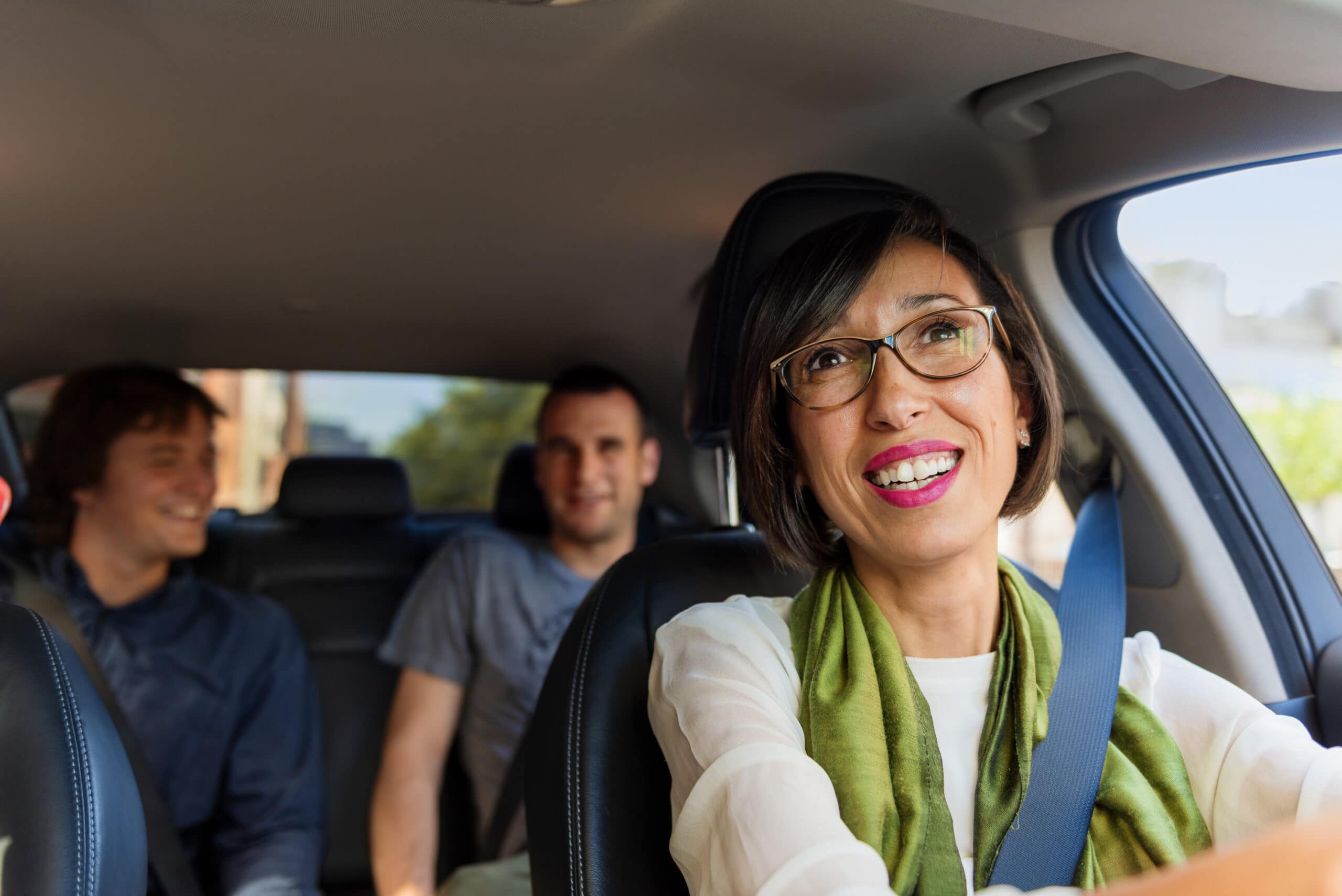
Sign up for smart news, insights, and analysis on the biggest financial stories of the day.
When Dara Khosrowshahi sits down for dinner tonight, he won’t be eating his words for a change.
In May, the Uber CEO vowed to be “hardcore about costs across the board.” Less than three months later, on Tuesday, his company reported positive cash flow for the first time ever.
All Hail Uber
Ride-hailing companies have been in many ways the poster children for big, glossy Silicon Valley startups that preach disruption and practice losing money. For its part, Uber, which went public in 2019, posted its first (and so far only) profitable quarter last year, but lost a whopping $15.6 billion in the last three years (though 2021’s red ink was a relatively svelte $400 million).
After taking in over $25 billion in 33 funding rounds, according to Crunchbase, May’s shift in tone from Khosrowshahi indicated the firm is finally ready to turn from chasing scale (aka torching cash) to locking down profits. The company’s second-quarter financial results took that indication to confirmation:
- Uber’s record 122 million monthly active users took a record 1.8 billion trips in the April-to-June quarter, up 24% from a year ago. That propelled the company to $382 million in free cash flow on $8.1 billion of revenue in the second quarter, a 105% jump year-over-year.
- Uber still lost $2.6 billion on a net income basis, but the core business wasn’t the problem — $1.7 billion of those losses can be chalked up to investments in other ride-hailing firms including Aurora and Grab. Reuters reported Tuesday that Uber was already moving to sell its 7.8% stake in Zomato, an Indian food delivery service, via a $373 million block deal.
Math Wars: Uber’s road to profitability has one notable technical hurdle: the company has received heavy criticism for the way it calculates adjusted profits, notably for its very generous, 158-word-long definition of adjusted EBITDA that allows for an unusually large number of exclusions. For example, in 2020, it lost $6.7 billion under normal accounting rules but cut that to $2.7 billion using its special math.
Chauffeur: Nearly 5 million people, a record, are driving passengers or making deliveries for Uber, up 31% from last year. With inflation and gas prices the highest in recent memory, you can’t blame anyone for seeing the allure of turning their car into something that earns money instead of hemorrhaging it.
